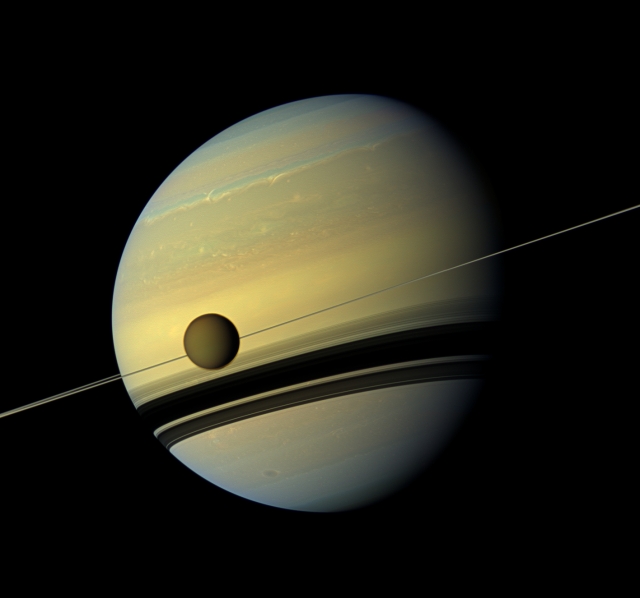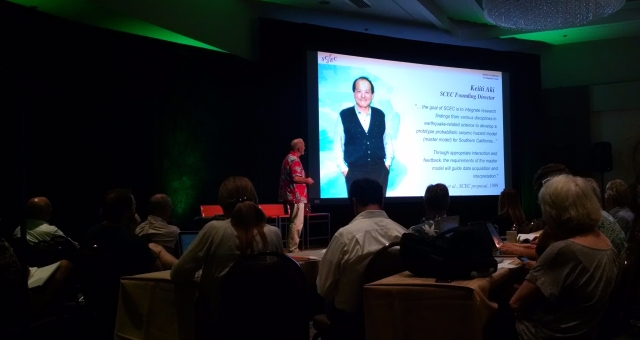About a month ago I went on a trip to Guatemala to visit my friend Sabrina who is living there for 2 years while volunteering with the Peace Corps. It was my first time traveling to a country where the people don’t all speak English (I have also been to Canada, Iceland, and the Netherlands, and even though English isn’t the primary languages in some of these places, it is taught to everyone in school). I flew into Guatemala City with a couple other friends, we rented a car, and drove to Antigua to meet Sabrina. Antigua was at one time the capital city of Guatemala, but the capital was moved to Guatemala City after massive earthquake damage to Antigua in 1717, 1751, and finally 1773, when it was finally deemed too dangerous a location for the capital (Antigua means “old,” when it was the capital it was called Santiago de los Caballeros).
Antigua Guatemala is now a fairly small city of about ~35,000 people, and retains beautiful ruins and architecture from the 17th and 18th centuries. It has several bustling markets and lots of great places to eat since it is a popular tourist destination. We got in on July 21st and stayed in a charming small hotel, with all 4 of us crammed into one room.
We all woke up early in the morning (~6:30 AM) to shaking. Within seconds it was clear that this was an earthquake, and a moderate amount of shaking persisted for about 20-30 seconds, just long enough for me to wonder if I should be taking cover but not actually enough to move from my cot at all. Nothing fell off any shelves or anything else too dramatic, but it was certainly thrilling for me as a geologist who studies faults but had never felt an earthquake before! Once it was clear it was over, I immediately went to the USGS website to report to the “Did you feel it?” section. The USGS website is a great resource for breaking information on earthquakes. This earthquake was an M 6.8, and the epicenter was ~45 miles from where I was staying (I’ve marked Antigua on the shakemap below with a red star). Here is the full USGS report on the Earthquake.
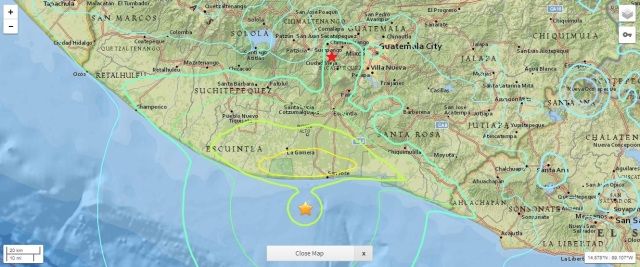
Map showing the amount of shaking form M 6.8 earthquake on July 22, 2017. Orange star is the epicenter, red star is Antigua, where we were staying.
Being a geologist who studies faults, once I knew we were all safe, I was so excited to have experienced my first earthquake. As you can see from the shake map, there’s something about Antigua’s location that made it experience more shaking than other places that are equal distances from the epicenter. While all earthquakes come with an element of surprise, there had been an M 6.9 earthquake in northern Guatemala about a week earlier, so we knew there had been recent tectonic activity in the region when we were headed down there. Looking through the earthquake catalog, I’ve noticed that there was in fact another earthquake the very next day after the one I experienced, an M 4.5 with an epicenter very near to the one the day before. A smaller earthquake following a large one is known as an aftershock– but I didn’t feel this one at all, and in fact hadn’t even realized it happened at all until looking at the USGS website now.
It is not a coincidence that Guatemala, home to many beautiful, active volcanoes (as you may have noticed from my pictures) is also affected by major earthquakes. The crust of the Pacific ocean is subducting underneath the American continent along most of the coast of Central and South America.
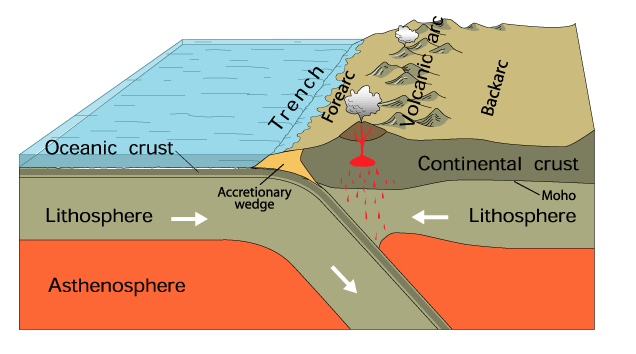
Cartoon of a subduction zone, from USGS.gov
As the oceanic crust drives below the continent, the surface where the plates meet and slip past each other (known as a “thrust fault” or “megathrust” in subduction) produces large, deep earthquakes. As the oceanic crust pushes deeper under the surface, the heat and pressure at depth causes it to melt and rise up, resulting in the arc of volcanoes which make up the scenic background in most of my pictures from Guatemala. That is all I have to say for now, but please let me know if you have any questions about my trip to Guatemala or how subduction zones work!
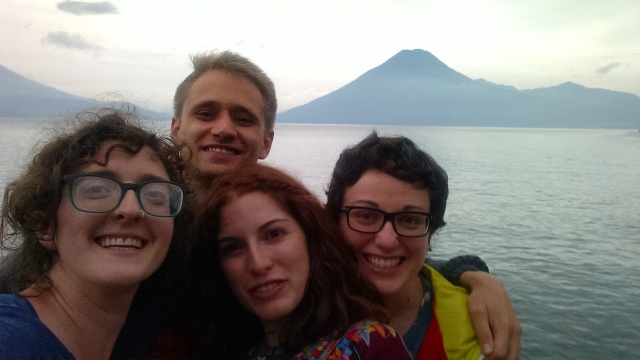
My friends and I in front of Lake Atitlan, with San Pedro volcano behind us

